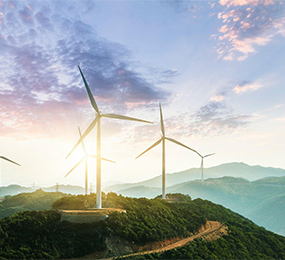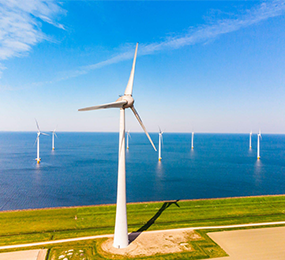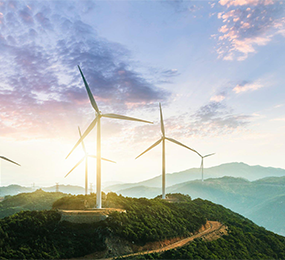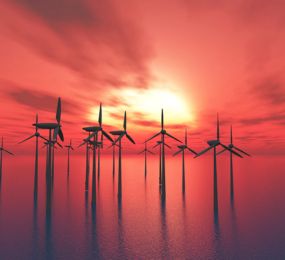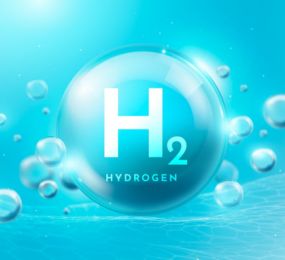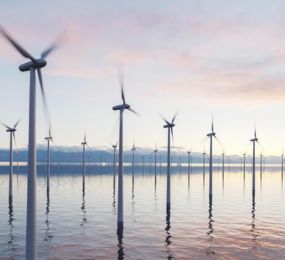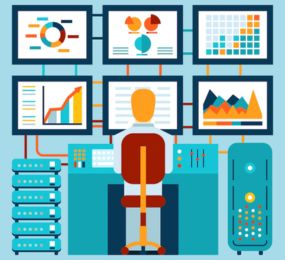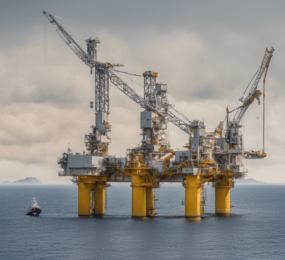The global wind industry is experiencing phenomenal growth, with offshore wind farms emerging as a significant contributor to clean energy production. But harnessing the power of the wind demands a skilled and well-equipped workforce. Effective training and skill development programs are crucial for ensuring the safe, efficient, and sustainable operation and maintenance (O&M) of these colossal wind turbines. Let's delve into the essential training components and explore initiatives driving a future-proof offshore wind workforce.
Building a Foundation of Safety:
Safety is paramount in the offshore wind industry. Rigorous training programs, aligned with relevant safety standards and regulations, equip personnel with the necessary knowledge and skills to navigate the inherent risks associated with working at sea and at heights. These programs cover topics such as safe work practices, emergency response procedures, survival at sea, and first aid.
Mastering the Technical Landscape:
A thorough understanding of wind turbine technology is essential for effective O&M. Training programs delve into the intricacies of wind turbine operation, electrical systems, hydraulics, and mechanical components. This equips technicians with the ability to troubleshoot problems, conduct inspections, and perform routine maintenance tasks with confidence.
Embracing the Digital Wave:
The offshore wind industry is rapidly integrating digital technologies. Training programs are evolving to incorporate modules on data analysis, sensor technology, and utilizing digital tools for maintenance planning and optimization. This empowers technicians to leverage the power of data and digital platforms for enhanced decision-making and improved efficiency.
Keeping Pace with Change:
The wind industry is a dynamic field, constantly evolving with new technologies and best practices emerging. Effective training programs incorporate ongoing learning and upskilling opportunities. This ensures the workforce remains adaptable and equipped with the latest knowledge to navigate the ever-changing needs of the industry.
Bridging the Global Skills Gap:
The rapid growth of the global wind market necessitates a skilled workforce across all regions. Collaboration between governments, educational institutions, and industry leaders is crucial for developing standardized training programs and fostering knowledge exchange between established and emerging wind markets.
Investing in the Future:
Investing in training and skill development programs offers substantial benefits:
-
Enhanced Safety: A skilled workforce equipped with the knowledge and skills to navigate potential hazards is essential for minimizing accidents and ensuring worker safety.
-
Improved Efficiency: Well-trained technicians can perform O&M tasks more efficiently, minimizing downtime and maximizing energy production.
-
Reduced Costs: Efficient operations and fewer equipment failures translate to lower maintenance costs.
-
Sustainable Growth: A skilled workforce is vital for the long-term, sustainable growth of the offshore wind industry.
Investing in training and skill development is not just an expense; it's an investment in the future of offshore wind energy. By prioritizing a well-equipped and adaptable workforce, we can harness the power of wind energy more effectively, paving the way for a cleaner and more sustainable future.
To register or learn more about the Forum please check here: https://www.leadventgrp.com/events/4th-annual-offshore-wind-operations-and-maintenance-forum/details
For more information and group participation, contact us: [email protected].


